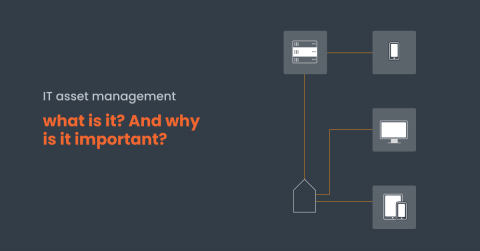Simplify your back-to-school inventory management
New school year, same problem: outdated inventory management that doesn’t make the storekeeper’s job any easier. Keeping track of thousands of assets with Excel, library software (SIGB) or, worse still, by hand is a real ordeal… which could easily be avoided. Material tracking and loan management shouldn’t be cumbersome, time-consuming tasks that encroach on all your other projects. Not to mention that using old, manual methods predisposes you to wasted time and mistakes.











